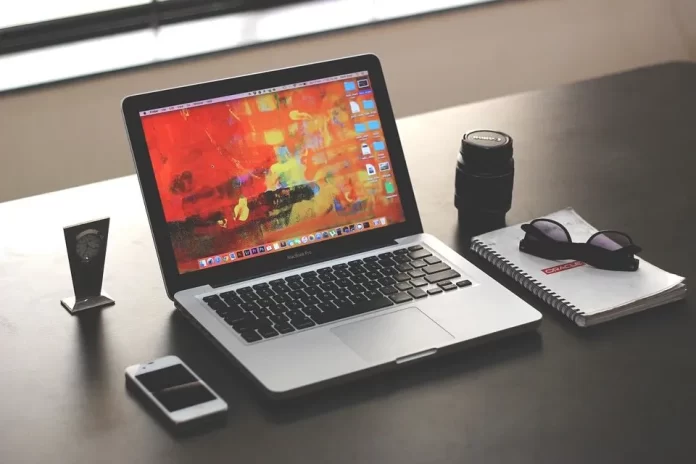Are you planning to buy a new laptop? The world of laptops is vast, with numerous options to consider. Finding the perfect laptop can be challenging, but with this comprehensive and reader-friendly checklist, you’ll have a roadmap to guide you through the process.
Follow these detailed steps when buying a laptop, and you’ll be well-prepared to choose the computer that best suits your unique needs.
Table of Contents
Step 1: Define Your Purpose
Before delving into the laptop market, clarifying your specific needs is crucial. Ask yourself these fundamental questions:
- What will be the primary purpose of your laptop? (e.g., work, gaming, school, entertainment)
- Are you looking for a highly portable laptop or one with high performance?
- What is your budget? (Be realistic; laptops come in various price ranges.)
Step 2: Choose the Right Operating System
Your operating system (OS) choice can significantly impact your overall user experience. The primary options are:
- Windows: The most versatile choice, suitable for various tasks and software compatibility.
- macOS: Ideal for creative professionals and individuals already immersed in the Apple ecosystem.
- Linux: A free, open-source option for tech-savvy users who desire more control over their system.
Step 3: Select the Laptop Type
Laptops come in various types, each tailored for specific purposes:
- Ultrabooks: Thin and lightweight, perfect for portability and everyday tasks.
- Gaming Laptops: High-performance machines equipped with dedicated graphics cards for gaming enthusiasts.
- 2-in-1 Laptops: Convertible laptops that can transform between laptop and tablet modes for added versatility.
- Chromebooks: Budget-friendly options with a focus on web-based tasks and user-friendly simplicity.
- Workstation Laptops: Designed to handle resource-intensive tasks like video editing and 3D rendering.
Step 4: Consider Critical Hardware Specifications
Pay close attention to these essential hardware components:
- Processor (CPU): Choose the latest generation for optimal performance. Intel and AMD are the two leading CPU manufacturers.
- RAM: A minimum of 8GB is recommended for smooth multitasking; consider 16GB or more for heavier usage.
- Storage: Solid State Drives (SSDs) are faster and more durable than Hard Disk Drives (HDDs). Aim for at least 256GB of storage.
- Graphics Card (GPU): Necessary for gaming and graphics-intensive work, with options ranging from integrated to dedicated GPUs.
Step 5: Screen Size and Quality
The laptop’s display is a crucial factor in your overall experience:
- Screen Size: Consider your portability needs; 13-15 inches is standard, but larger or smaller options are available.
- Resolution: Higher resolutions (Full HD or 4K) offer crisper visuals, especially if you’ll be creating content or consuming media.
- Panel Type: In-plane switching (IPS) panels offer better color accuracy and wider viewing angles.
Step 6: Battery Life
Ensure that your laptop can last as long as you need it to. Look for laptops with at least 8 hours of battery life to cover a full day’s work or entertainment.
Step 7: Connectivity
Check for the presence and variety of essential ports, such as USB Type-C, USB-A, HDMI, and a headphone jack. Ensure your laptop supports the peripherals and accessories you plan to use.
Step 8: Keyboard and Touchpad
Your laptop’s input devices can significantly impact your comfort and productivity:
- Keyboard: Choose a laptop with a comfortable critical travel distance and a layout that suits your typing style.
- Touchpad: Look for precision and responsiveness, which are crucial for navigation and productivity.
Step 9: Audio Quality
Consider laptops with quality built-in speakers, or be prepared to invest in external speakers or headphones for an enhanced audio experience.
Step 10: Build Quality and Design
Opt for laptops made from durable materials and with a design that aligns with your aesthetics. Look for features like a backlit keyboard for added convenience.
Step 11: Reviews and Recommendations
Gather real-world insights by reading reviews and seeking recommendations from friends or online communities. Hearing from users with hands-on experience with the laptop model you’re interested in can be invaluable.
Step 12: Warranty and Support
Check the manufacturer’s warranty terms and the availability of reliable customer support options. Having dependable support can be a lifesaver in case of technical issues or concerns.
Step 13: Price Comparison
Remember to shop around for the best deals. Consider both online and physical stores, and keep an eye out for seasonal sales and discounts.
Final Thoughts
By diligently following this comprehensive checklist, you’ll be well-prepared to select the laptop that perfectly aligns with your unique requirements and preferences. Remember that a computer is an investment, and taking the time to research and choose wisely will ensure you have a reliable and enjoyable computing companion for years. Happy laptop hunting!
















